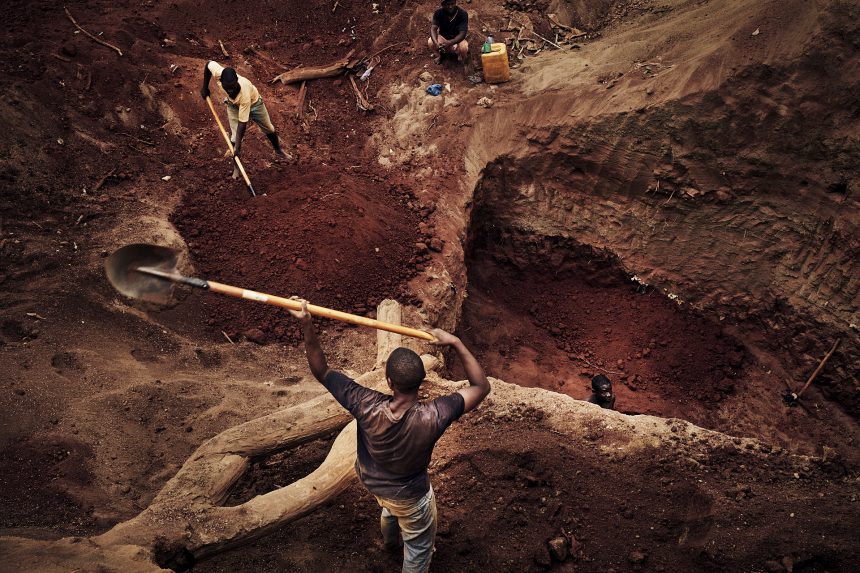According to the National Statistics Institute (INE), only 17% of Mozambique's artisanal miners wear any personal protective equipment, despite working mainly in precarious, open-pit excavations, searching for minerals such as gold or extracting building materials.
The data is part of the first survey of artisanal mining in the country, carried out at the government's initiative in 2021, and now released by the National Statistics Institute (INE).
"The information reveals that 39,275 mining operators (equivalent to 17% of the total) use personal protective equipment," with the majority wearing boots, followed by protective gloves as the second most used.
Artisanal mines in Mozambique are regularly in the news because of fatal accidents, usually due to cave-ins, workers being buried or falls.
Security is difficult to guarantee, given that even in the provinces with the highest use of equipment, no more than half the operators use it.
In the country, "806,957 people are part of the artisanal mining value chain", almost 60% of whom work in the field as diggers, loaders, crushers, washers or assistants.
The census identified 2,162 artisanal mining sites, mostly in the center of the country, "of which 1,577 are active", with around a third dedicated to gold mining - an ore sought after by the majority of those who practice the activity.
According to the International Labor Organization (ILO), artisanal mines around the world are responsible for 20% of the global gold supply.
In Mozambique, miners earn an average of 5,816 meticais per month and 70% work all year round.
Of the total number of operators in the sector, only 5,976 (4.3%) "have a document accrediting them to practice artisanal mining".
In their responses to the survey, they indicated that the main problems in the sector are "the occurrence of accidents (23% of the responses), low use of personal protective equipment (17%), use of mercury (pollution) in gold processing (14%) and the involvement of children aged 5-14 (2.2%)".
"With regard to child labor, 5,080 children of both sexes aged between five and 14 are involved in artisanal mining," reads the document, according to the responses.
Minors are seen as an advantage for entering precarious tunnels, due to their height, making them trade school for an income that will help their usually large families.
The number may be higher than reported: last year, the Mozambican government estimated that there were 2.4 million children in child labor in the country, with artisanal mining among the most flagrant situations.
An ILO study published in 2019 indicated that "more than one million children are involved in child labor in mines and quarries" around the world.
The first survey now published in Mozambique is a starting point for further work on the sector.
The atlas of artisanal mining in Mozambique, planned as a by-product of the census, "will be drawn up after the results of this operation have been disseminated", concludes INE.


Leave a Reply